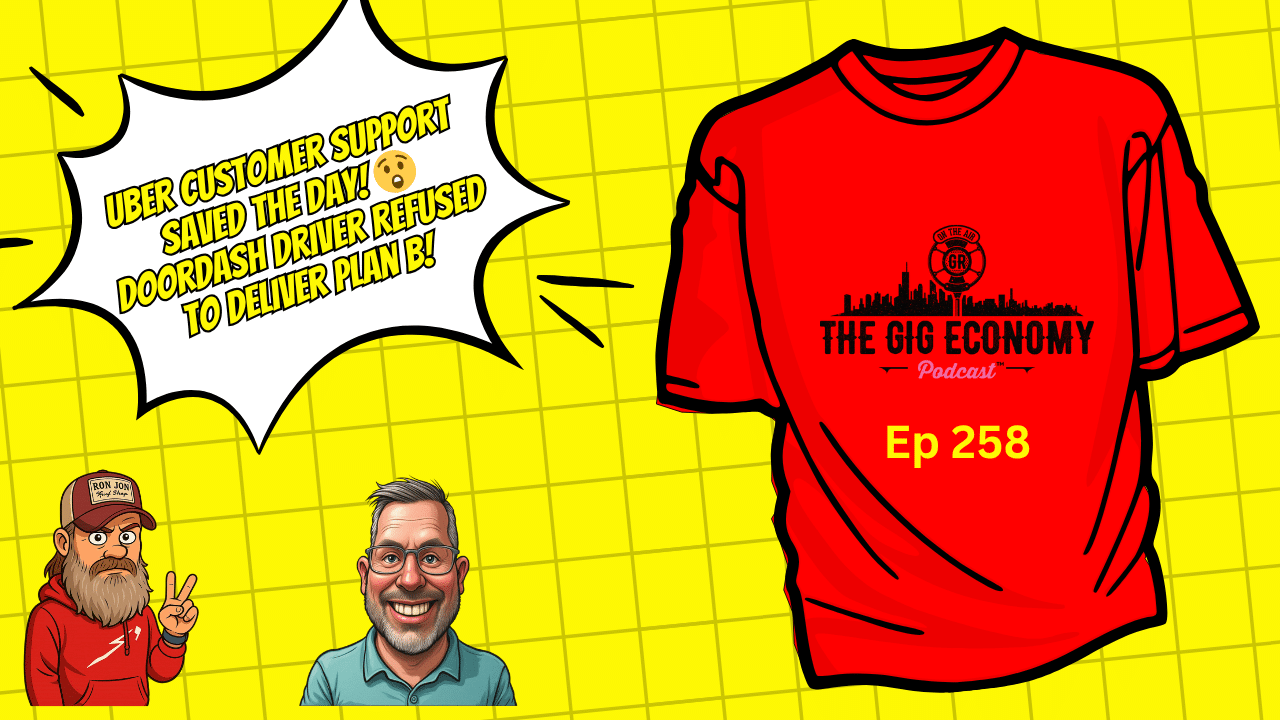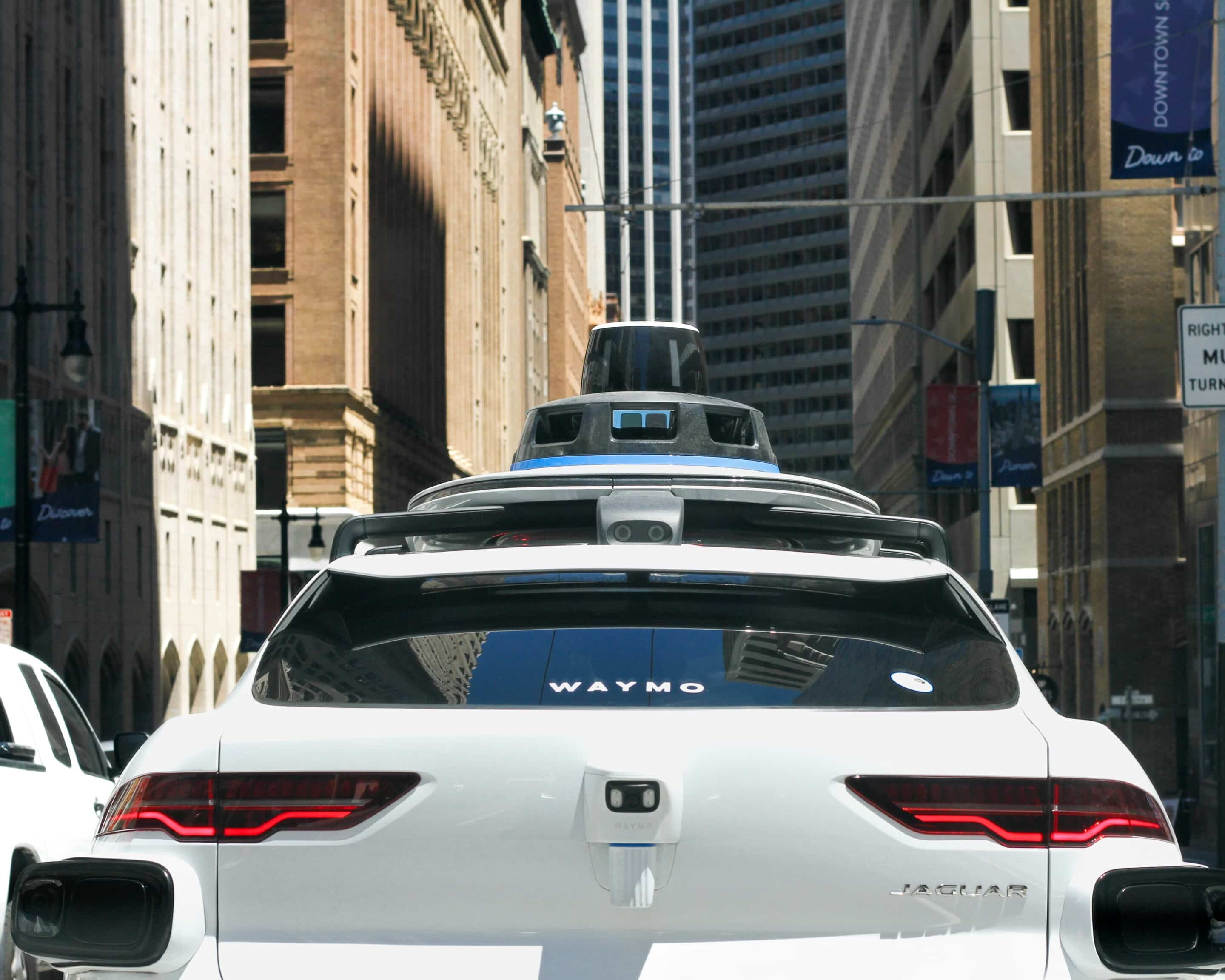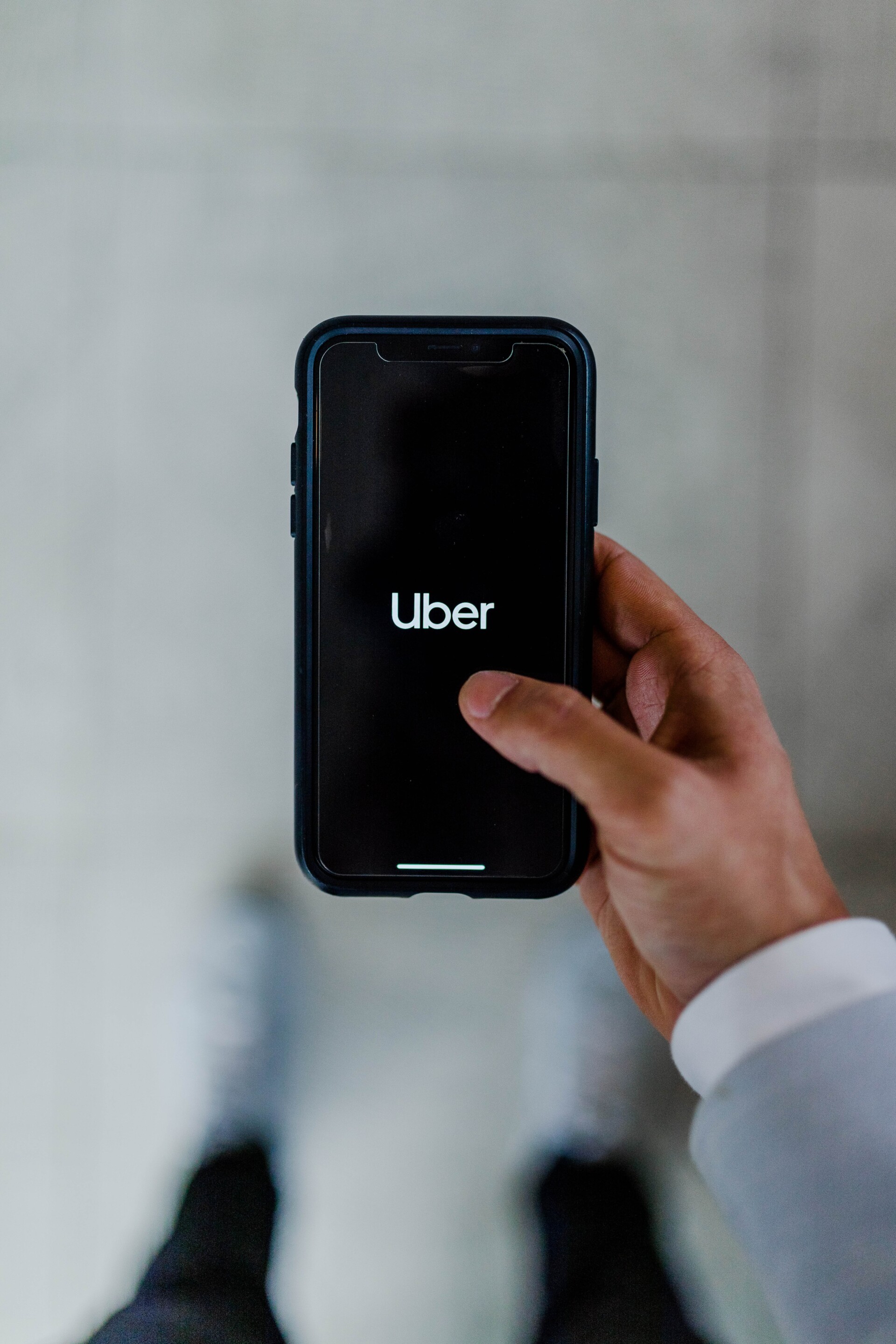
by Jason Tieri | Jul 14, 2025 | Blog
The gig economy landscape continues to evolve rapidly with significant developments affecting drivers, customers, and platforms alike. On this week’s episode of The Gig Economy Podcast, hosts Jason and Larry delved into several critical issues impacting gig workers nationwide.
One of the most contentious topics discussed was Uber CEO Dara Khosrowshahi’s recent statement on tipping, where he suggested that passengers “should only tip if you feel like you got your money’s worth. And then some.” This perspective raised eyebrows among drivers who depend on tips to make ends meet. According to data shared on the podcast, approximately 20% of Uber riders tip their drivers, which some drivers feel is dismally low considering the service they provide. The hosts contrasted this with food delivery, where tipping rates hover around 90% according to some estimates. This disparity highlights the different expectations across various gig economy sectors and how customer behavior significantly impacts driver income.
The conversation then shifted to regulatory changes in Seattle, where Doordash is facing what they call “extreme regulations.” Despite reporting $3 billion in revenue in the first quarter, Doordash is increasing delivery fees for Seattle customers, blaming new local regulations designed to provide more job security for gig workers. The new law requires companies to give workers 14-day notice before deactivation (except in cases of serious misconduct), base deactivations on reasonable policies, and provide workers with records of the decision-making process. While these protections benefit drivers, the hosts pointed out that platforms typically pass increased costs to consumers rather than absorbing them, potentially hurting the very communities these regulations aim to help.
A grassroots driver strike in Milwaukee also captured attention, though it didn’t go as planned. Drivers gathered at the airport staging lot to protest declining pay splits between drivers and rideshare companies. What began as a peaceful demonstration reportedly turned confrontational when some drivers blocked others who chose to continue working. This led to police intervention that effectively ended the protest. The hosts emphasized that while they support driver advocacy, forcing participation isn’t effective organizing strategy and that independent contractors face unique challenges when attempting collective action compared to traditional employees.
The podcast also covered Waymo’s expansion into offering autonomous rides for teens aged 14-17, which could potentially outpace adult ridership due to perceived safety benefits. Without human drivers, parents might feel more comfortable allowing their teens to use the service. The hosts speculated this could represent a significant shift in the rideshare market, particularly when considering safety concerns some passengers have about traditional rideshare experiences.
Other topics included Instacart’s new delivery options that offer customers more flexibility in delivery timing and pricing, a bizarre story about a sleepwalker who ordered just a honey mustard sauce through Doordash while asleep, and a troubling physical altercation between an Uber driver and an Atlanta sports reporter that escalated from a disagreement about air conditioning.
The episode highlighted the continuing tension between platform profitability, customer convenience, and driver welfare – a balancing act that defines the contemporary gig economy landscape. As regulations evolve and technology advances, both drivers and platforms must navigate an increasingly complex environment where the rules of engagement are constantly changing.

by Jason Tieri | Jul 6, 2025 | Blog
Nashville adventures, dirty Uber cars, and customer service nightmares – the latest episode of the Gig Economy Podcast covered it all as the hosts returned from their meetup in Tennessee. What began as a casual gathering of podcast hosts and listeners quickly transformed into a weekend filled with gambling, games, and gig economy insights from the trenches.
The Nashville getaway featured a surprising amount of gambling on unexpected things – from a plastic horse racing game that had the group betting $5 per race to a crocodile tooth app game at a local bar. As one host admitted, “Jason was on fire Saturday night” when it came to the horse racing game, clearing about $100 over the weekend at $5 per match. The mini-vacation served as both entertainment and a reminder of how gig workers create community despite the independent nature of their work.
Upon returning to their respective cities, the podcast delved into several significant developments in the gig economy landscape. Most notably, the New York Taxi Commission has voted unanimously to restrict the controversial driver “lockouts” that Uber and Lyft had been implementing. Under new amendments, rideshare companies must now provide at least 72 hours’ notice to affected drivers before locking them out, and cannot lock out drivers for at least 16 hours once they start accepting trips. This represents a significant win for New York drivers who had been dealing with arbitrary lockouts that severely limited their ability to earn.
The episode also covered the expanding presence of automated services in the gig economy. Atlanta has become the fourth city to implement robot deliveries for Uber Eats, joining Los Angeles, Miami, and Dallas-Fort Worth. Orders from select restaurants, including Real Tacos, Ponco Chicken, and Shake Shack, can now be delivered by small autonomous robots that can travel up to four miles per hour with a 48-mile range. This advancement signals yet another step toward automation in an industry that currently provides income for millions of human workers.
Customer service issues took center stage as the hosts shared both personal experiences and viral stories. A particularly telling video contrasted Uber Eats’ customer service when the platform first launched (extremely accommodating with generous refunds and credits) versus the current state (unhelpful and dismissive). This decline in customer service quality parallels what many gig workers have experienced with declining pay over time – as platforms mature, both worker compensation and customer service seem to deteriorate.
Perhaps the most alarming story involved an imposter Uber driver in Fort Lauderdale who nearly got away with having his passenger drive through a security checkpoint. The driver, who was using someone else’s account, claimed he had forgotten his ID and convinced his passenger to switch seats before reaching a port security checkpoint where IDs were required. When police discovered the deception, the driver was arrested, and the passenger was left stranded, with Uber initially refusing to refund the ride until media inquiries pressured them to do so.
The episode concluded with a discussion of direct negotiation between passengers and drivers to circumvent app fees. While some customers are offering to pay drivers directly in cash – often at a price point that benefits both parties while cutting out the middleman, the hosts emphasized that such arrangements come with serious risks, particularly regarding insurance coverage in the event of an accident. Despite the temptation of immediate higher pay, they cautioned against making this a regular practice.

by Jason Tieri | Jun 22, 2025 | Blog
The gig economy landscape continues to evolve with technological advancements pushing boundaries while human workers adapt to ever-changing market conditions. A recent exploration of these dynamics revealed fascinating insights about both autonomous vehicles and the resilience of traditional gig workers.
The conversation around Waymo, Alphabet’s self-driving car service, highlights a surprising consumer behavior pattern. Despite charging approximately $10 more per ride than traditional rideshare services like Uber and Lyft, Waymo is finding that customers are willing to pay the premium for driverless experiences. The average price for Waymo rides ($2,043) substantially exceeds both Lyft ($1,558) and Uber ($1,440), yet the company reported providing 250,000 rides in May alone. This phenomenon speaks to both the novelty factor of autonomous vehicles and perhaps a segment of consumers who prefer not interacting with human drivers. However, the long-term sustainability of this price premium remains questionable once the novelty effect diminishes, especially considering the substantial infrastructure and technology costs behind operating autonomous fleets.
Safety concerns with autonomous vehicles were starkly illustrated by footage of a Waymo vehicle freezing in the path of emergency vehicles. Unlike human drivers who intuitively understand to pull over for emergency responders, the Waymo vehicle stopped in place, potentially creating dangerous delays for first responders heading to critical situations. This incident illuminates the continuing challenges in programming AI to handle complex, nuanced traffic situations where human judgment and adaptability remain superior.
The human side of the gig economy reveals both challenges and heartwarming stories. One experienced DoorDash driver with mobility issues received unexpected support when a customer started a GoFundMe that raised over $21,000 after observing his positive attitude despite physical limitations. This highlights not only the power of community support but also how gig platforms provide crucial income opportunities for individuals who might face barriers in traditional employment, particularly older workers who may struggle to find conventional jobs but can thrive in the flexible gig economy environment.
Statistics shared during the discussion reveal surprising demographics within the gig workforce: approximately 50% of DoorDash drivers are women, challenging common assumptions about the gender makeup of delivery professionals. Additionally, only about 8% of gig workers operate full-time, with the vast majority (92%) using these platforms as supplemental income sources. This reinforces the understanding of gig work primarily as a side hustle rather than career-sustaining employment for most participants.
The discussion of various platforms – from Market Wagon (a farm-to-table delivery service) to Amazon Flex and Roadie – demonstrates the diversification strategies gig workers employ to maximize earnings and stability. Each platform offers different advantages: some provide guaranteed pay and simplicity, while others offer potentially higher earnings with greater variability. Experienced gig workers navigate this ecosystem by strategically combining platforms based on market conditions, personal preferences, and financial goals.
Technology integration continues across the gig economy spectrum, with Instacart announcing a partnership with Pinterest to create new retail media opportunities. This collaboration exemplifies how platforms seek to expand their reach and convenience factors, recognizing that today’s consumers value streamlined, frictionless experiences. The future likely holds more such integrations as companies compete for consumer attention and spending.

by Jason Tieri | Jun 15, 2025 | Blog
The gig economy continues to evolve at a rapid pace, bringing both opportunities and challenges for workers and consumers alike. In this latest episode, we delve into several fascinating developments that highlight the changing landscape of delivery services and ridesharing.
One of the most significant advancements we discussed is Walmart’s partnership with Wing, a drone delivery service owned by Alphabet (Google’s parent company). This collaboration is expanding to 100 new stores across Atlanta, Charlotte, Houston, Orlando, and Tampa. These drones aren’t your average hobbyist flyers – they cruise at an impressive 65 mph and can carry up to five pounds of merchandise, with newer models potentially doubling that capacity. Perhaps most impressive is their ability to complete a 12-mile round trip on a single charge and their new capability to handle multiple deliveries without returning to base, thanks to innovative auto-loader stations installed in retailer parking lots. This represents a significant leap forward in last-mile delivery solutions that could potentially reshape how we receive packages in the near future.
The human element of delivery services remains complex, as evidenced by several stories we shared. One viral video showed a delivery driver adjusting himself inappropriately while dropping off food, captured on a customer’s Ring doorbell camera. While the driver wasn’t touching the food directly, the incident raises questions about professionalism and customer perception in the gig economy. It’s a reminder that in an era of ubiquitous surveillance, drivers must maintain awareness of their behavior at all times, as actions that might have gone unnoticed in the past are now frequently captured and shared online.
We also discussed a particularly amusing incident involving one of our listeners, Faith, who works for Amazon Flex and Walmart Spark in the Las Vegas area. She encountered a customer with very specific delivery instructions referencing a “red fire hydrant” as a landmark. When Faith discovered the hydrant was actually yellow, she decided to correct the customer by leaving a note on their package. This small act of defiance resonated with many drivers who have experienced the frustration of dealing with outdated or inaccurate delivery instructions from occasionally demanding customers.
The episode also touched on the challenges of alcohol deliveries, which require special certification and present unique complications. Unlike regular food deliveries, alcohol orders cannot be left unattended – the driver must verify the customer’s ID in person. This creates particular challenges when customers aren’t home or available to receive their orders, forcing drivers to return items to the store without completion. The time and fuel wasted on these incomplete deliveries can significantly impact a driver’s earnings and efficiency.
Communication barriers in the gig economy were highlighted through a video featuring a non-verbal delivery driver who communicated exclusively through gestures and grunts. While there might be various explanations for this behavior, including potential language barriers, the incident underscores the importance of basic communication skills in service-oriented roles, particularly when coordination with restaurant staff and customers is essential.
As the gig economy continues to advance technologically while still relying heavily on human workers, these stories illustrate the ongoing tension between automation and personal service, between efficiency and the unpredictability of human behavior. Whether it’s drone deliveries revolutionizing logistics or the sometimes awkward human interactions that define our current system, the landscape of delivery and ridesharing services continues to provide a fascinating window into how technology and humanity intersect in our daily lives.

by Jason Tieri | Jan 31, 2025 | Blog
We talked about this on the show this week and how Uber says that they are not responsible when a driver does something shady or against the law. Here is the story we talked about and a discussion below:
Uber’s Legal Stance on Driver Misconduct: Navigating Liability in the Rideshare Industry
Uber, a pioneer in the rideshare industry, has consistently maintained that it is not legally responsible for the actions of its drivers, citing their classification as independent contractors. This position has significant implications for both passengers and drivers, especially in cases involving accidents or misconduct.
Independent Contractor Classification
Central to Uber’s legal stance is the classification of its drivers as independent contractors rather than employees. This distinction allows Uber to argue that it is not vicariously liable for drivers’ actions. In a notable case, a court held that Uber could not be held vicariously liable for the alleged sexual misconduct of its driver, emphasizing the independent contractor status of the driver. citeturn0search8
Driver Liability in Accidents and Misconduct
When an Uber driver is involved in an accident or engages in misconduct, the driver may be held personally liable for their actions. For instance, if a driver’s negligence, such as distracted driving or driving under the influence, leads to an accident, they can be sued directly for damages. citeturn0search3
In cases of intentional misconduct, such as assault, the driver bears primary responsibility. However, the driver’s personal insurance may not cover incidents that occur during rideshare activities, complicating the compensation process for victims. citeturn0search5
Uber’s Potential Liability
While Uber distances itself from direct liability, there are circumstances where the company could be held accountable. If it can be demonstrated that Uber was negligent in hiring, supervising, or retaining a driver known to be dangerous, the company may face liability claims. For example, if Uber failed to conduct adequate background checks or ignored reports of a driver’s misconduct, it could be deemed negligent. citeturn0search7
Recent legal developments suggest a shift towards holding Uber more accountable. A ruling allowed passengers to pursue claims against Uber for negligent hiring, supervision, and retention of drivers, indicating that courts may be more receptive to arguments that challenge Uber’s non-liability stance. citeturn0search9
Challenges for Victims Seeking Compensation
For victims of driver misconduct or negligence, obtaining compensation can be challenging. The independent contractor model complicates the assignment of liability, often leaving victims to pursue claims against individual drivers who may lack sufficient insurance coverage or assets. This situation underscores the importance of understanding the legal landscape and the potential hurdles in seeking redress.
Conclusion
Uber’s assertion of non-liability for driver actions is rooted in its classification of drivers as independent contractors. While this stance provides the company with a degree of legal protection, evolving legal interpretations and recent rulings indicate that Uber’s liability in cases of driver misconduct or negligence remains a complex and developing area of law. Both passengers and drivers should stay informed about these legal nuances to understand their rights and responsibilities within the rideshare ecosystem.

by Jason Tieri | Jan 20, 2025 | Blog
In December 2024, the Consumer Financial Protection Bureau (CFPB) filed a lawsuit against Walmart Inc. and Branch Messenger, Inc., alleging that the companies engaged in unlawful practices affecting over one million delivery drivers in Walmart’s Spark Driver program.
Allegations Against Walmart and Branch Messenger
The CFPB’s complaint centers on several key allegations:
- Unauthorized Account Creation: Walmart and Branch Messenger purportedly opened deposit accounts for Spark Drivers without obtaining their consent. These accounts were established using drivers’ personal information, including Social Security numbers, without proper authorization.
- Mandatory Use of Branch Accounts: Drivers were allegedly compelled to receive their wages through these unauthorized Branch accounts, with the threat of termination if they refused. This practice effectively removed the drivers’ choice in how they received their earnings.
- Misrepresentation of Instant Access: The lawsuit claims that Walmart and Branch misled drivers by promising “instant access” to their earnings. In reality, drivers encountered complex processes to access their funds, often facing delays or incurring fees to transfer money to their preferred accounts.
- Accumulation of Excessive Fees: Due to the convoluted access procedures, drivers collectively paid over $10 million in fees to transfer their earnings from the Branch accounts to accounts of their choice.
Legal Implications and Violations
The CFPB asserts that these actions constitute violations of several federal laws, including:
- Consumer Financial Protection Act (CFPA): By engaging in unfair, deceptive, and abusive practices, Walmart and Branch allegedly breached the CFPA.
- Electronic Fund Transfer Act (EFTA): Branch Messenger is accused of failing to honor stop payment requests and not conducting reasonable error investigations, thereby violating EFTA regulations.
- Truth in Savings Act (TISA): The misrepresentation of “instant access” to funds is cited as a violation of TISA, as drivers did not receive the immediate access that was promised.
Responses from Walmart and Branch Messenger
Both Walmart and Branch Messenger have publicly denied the allegations. Walmart criticized the CFPB for not providing due process, stating that the agency did not give the company a chance to address the concerns before filing the lawsuit. Branch Messenger also expressed disappointment, asserting that they had cooperated with the CFPB and were blindsided by the litigation.
Impact on Spark Drivers
The Spark Driver program, which utilizes independent contractors to deliver orders from Walmart stores to customers, has been significantly affected by these practices. Drivers reported that the mandatory use of Branch accounts and the associated fees reduced their overall earnings. Many drivers also expressed frustration over the lack of transparency and the difficulties encountered when attempting to access their wages.
Conclusion
The CFPB’s lawsuit against Walmart and Branch Messenger highlights critical issues regarding worker rights and corporate responsibility in the gig economy. As the case progresses, it underscores the importance of transparent and fair payment practices, especially for independent contractors who rely on timely and full compensation for their services.






